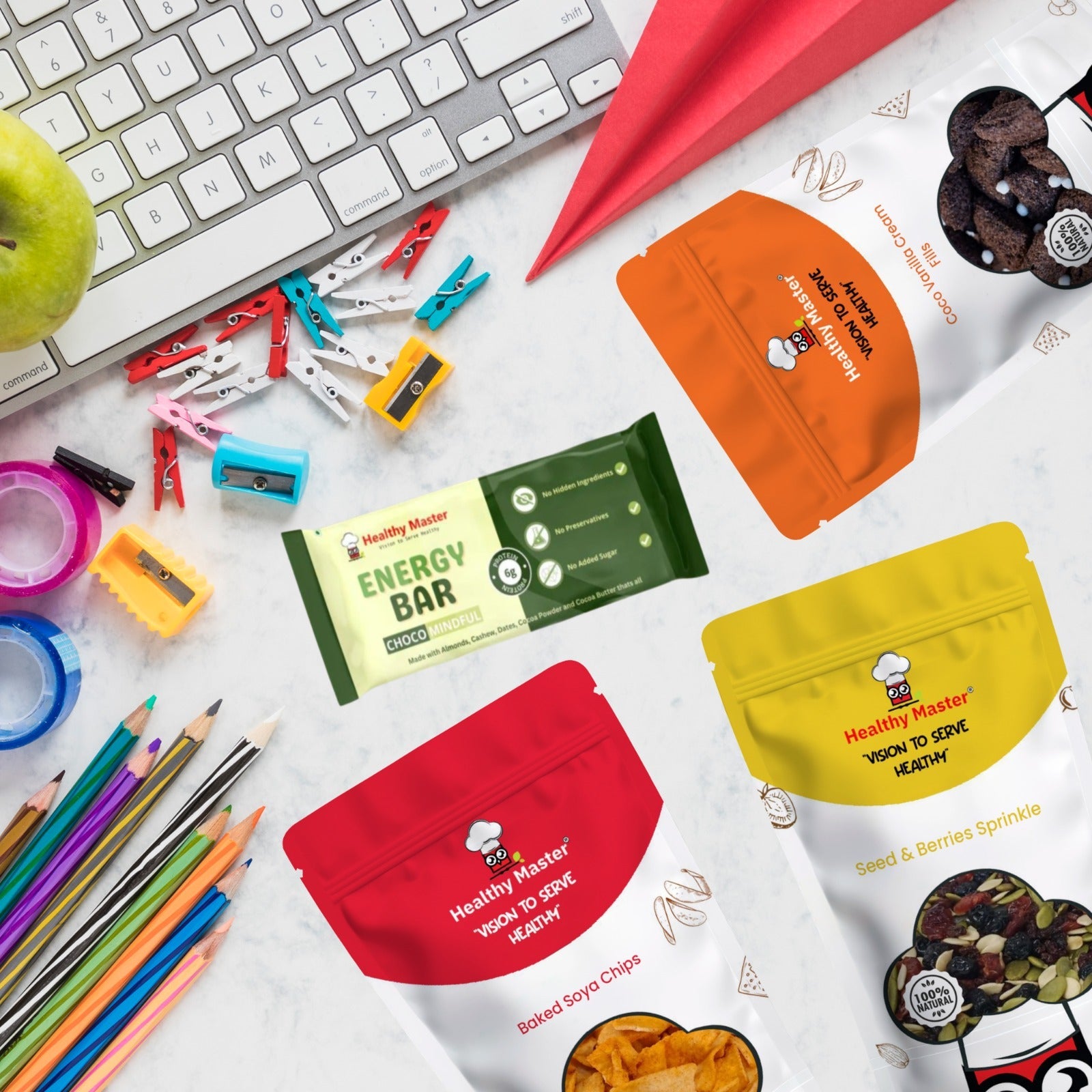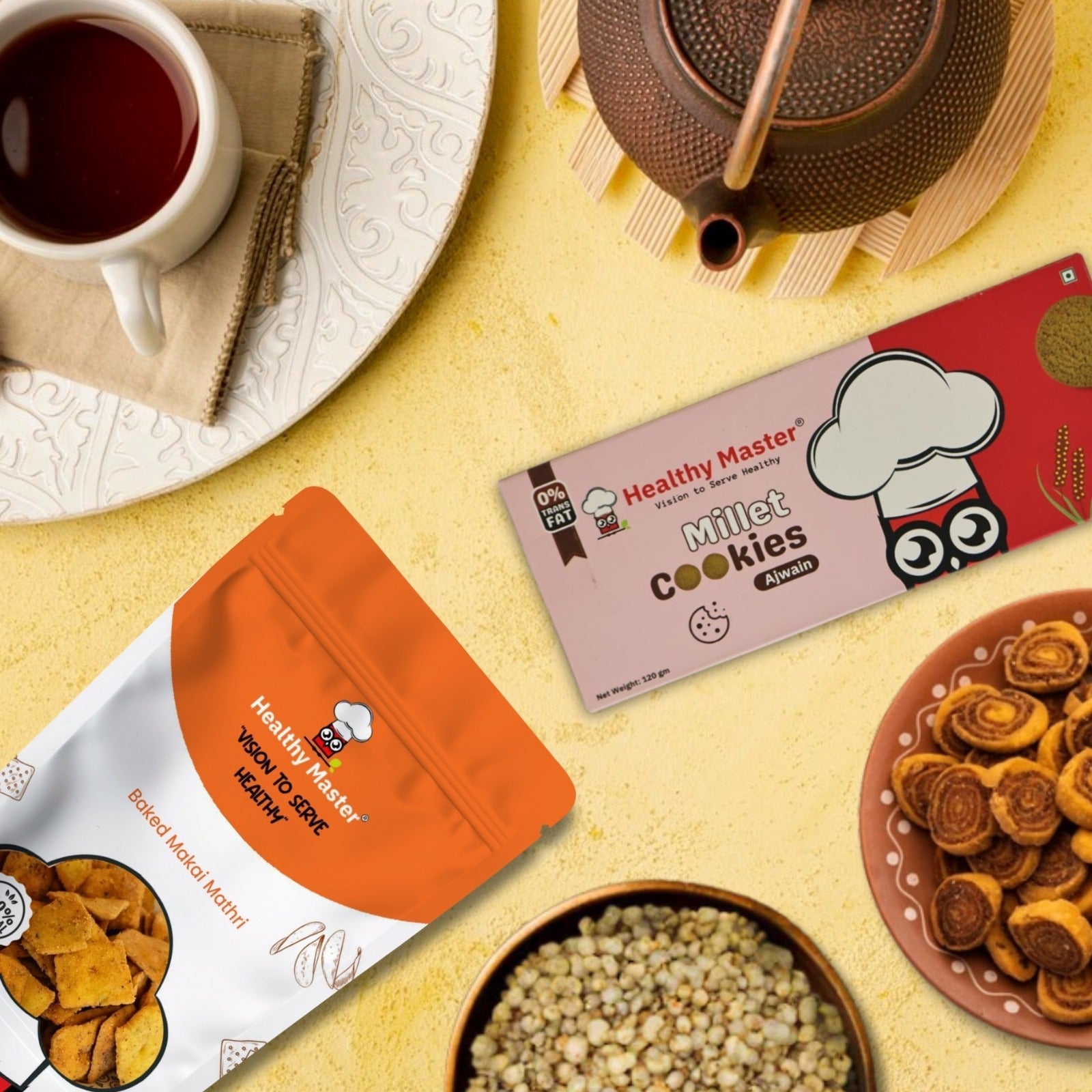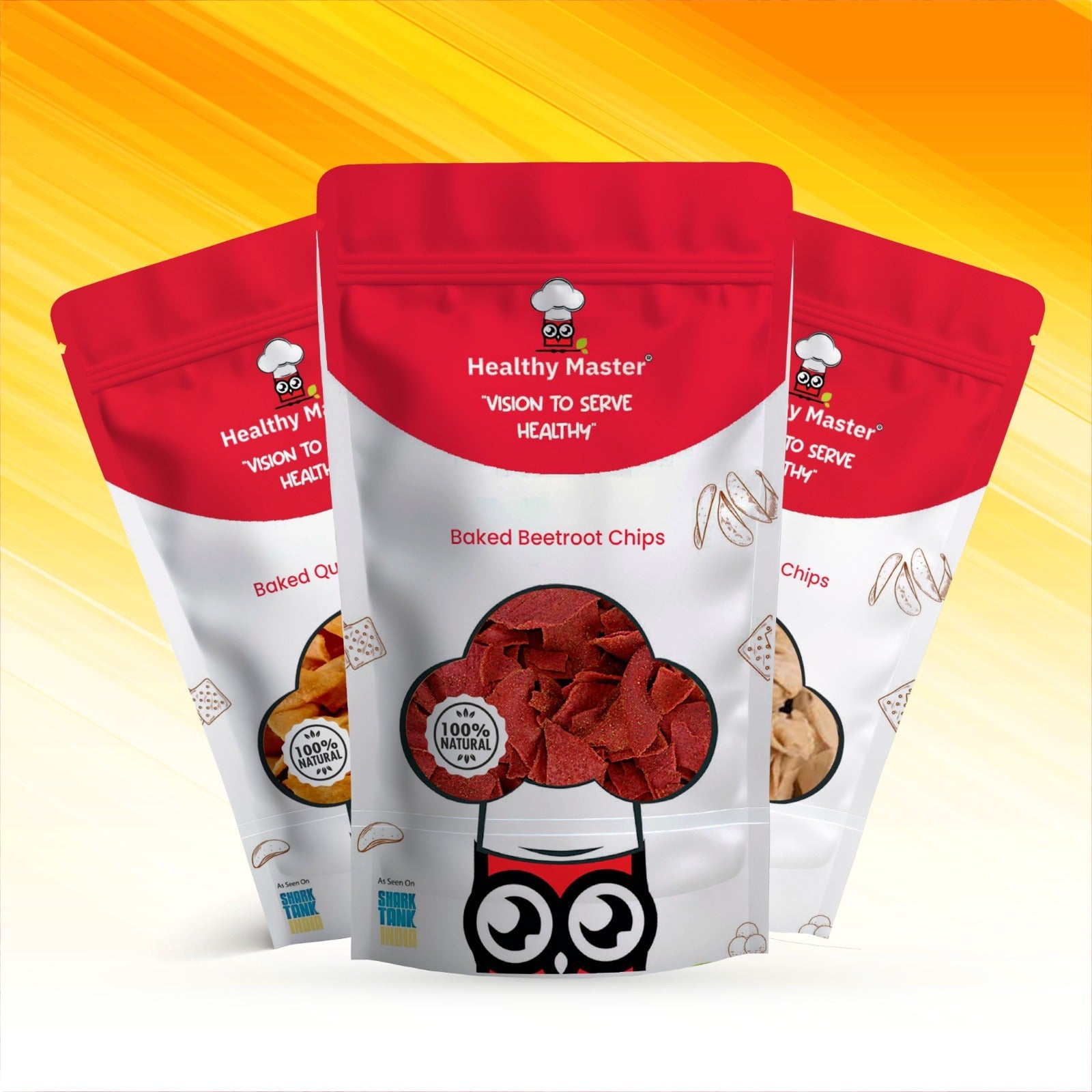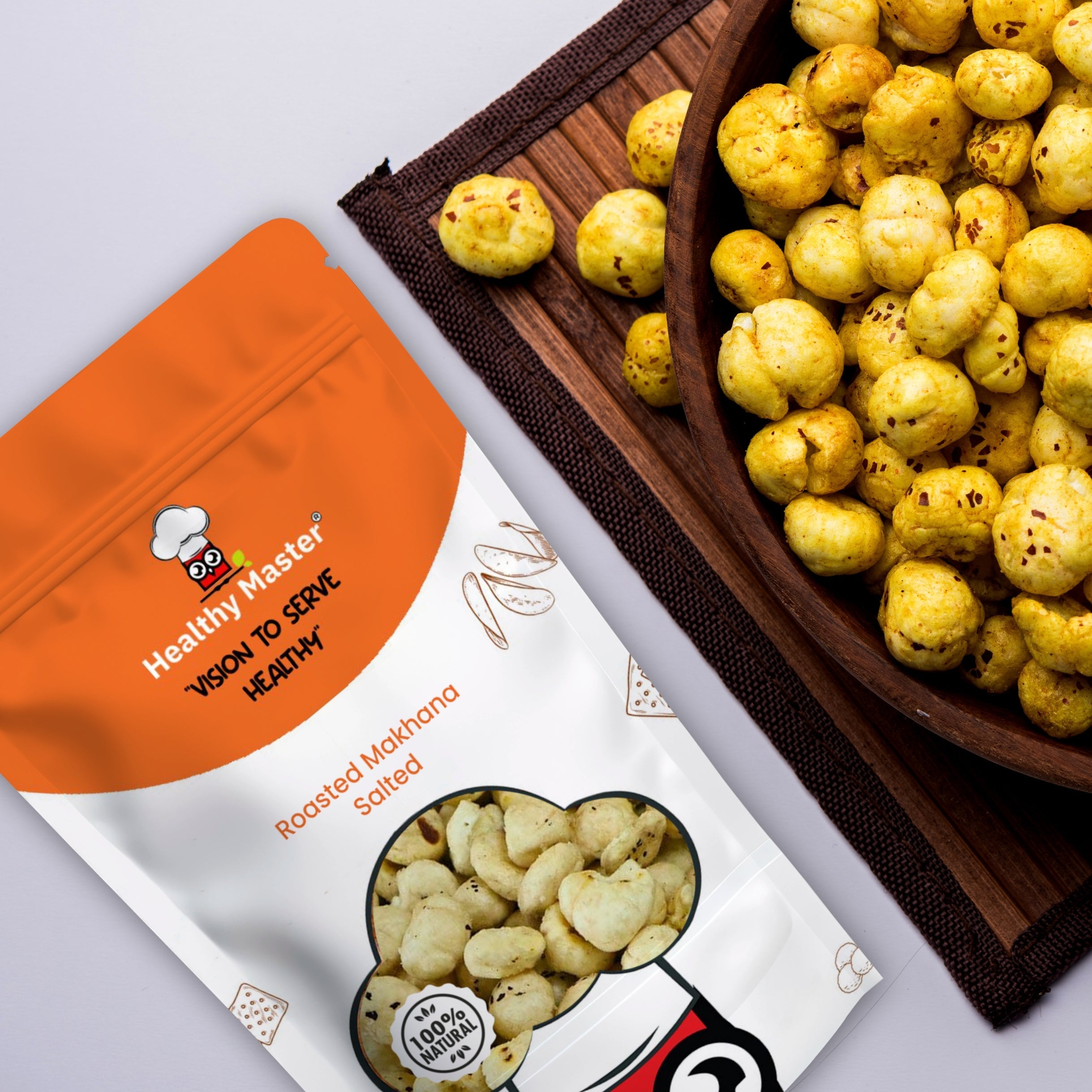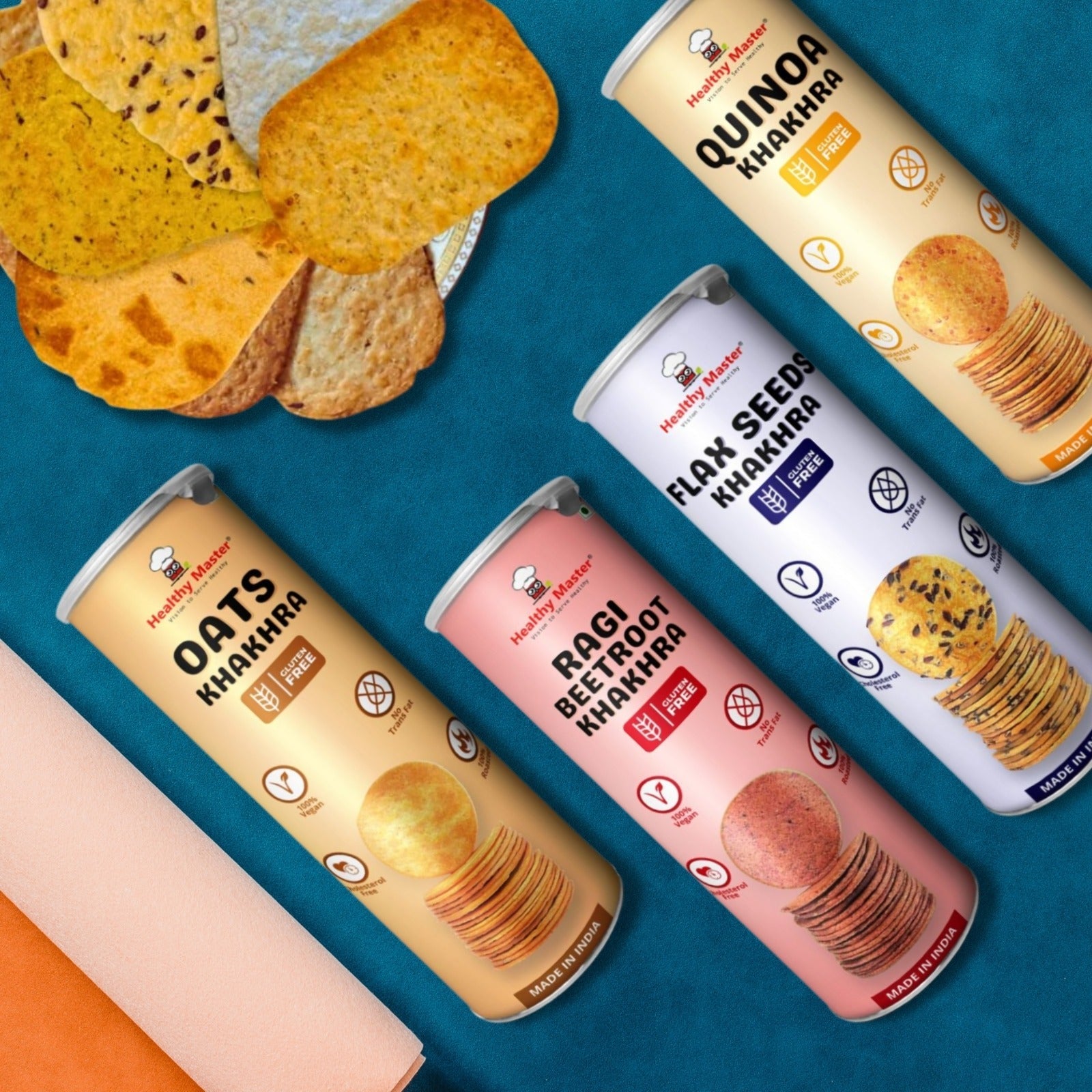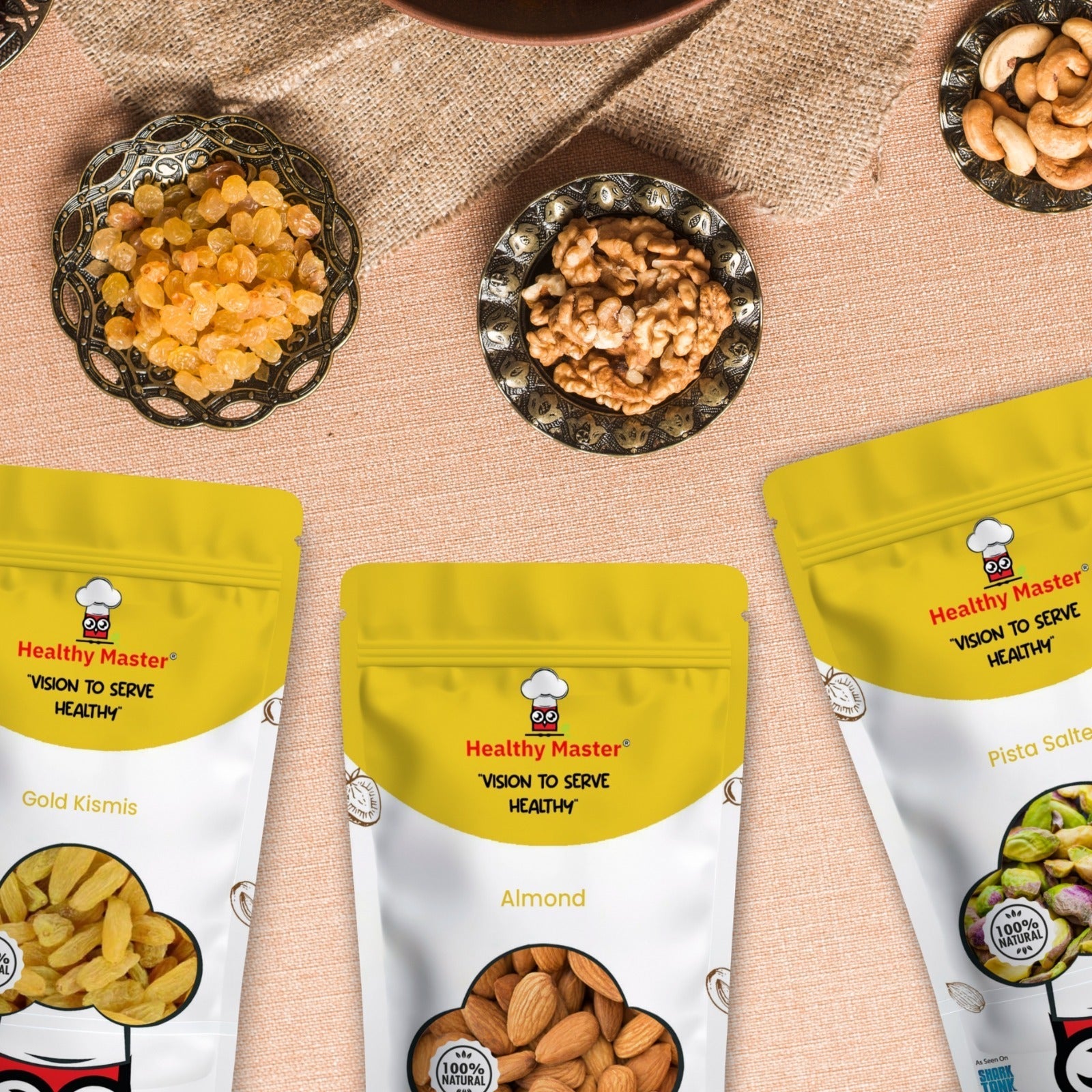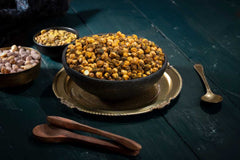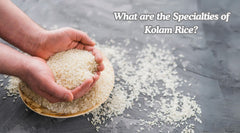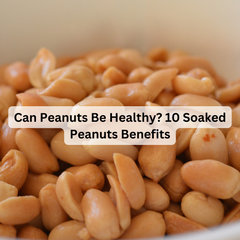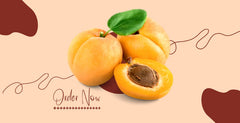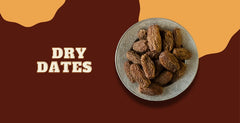Ever wondered why your grandmother insisted on making Nag Panchami laddu with bajra instead of regular wheat flour? There's actually deep wisdom behind this choice that goes way beyond just taste preferences.
Nag Panchami isn't just another festival on the calendar; it's a beautiful celebration that honors the serpent deities and marks our connection with nature's protective forces. Celebrated on the fifth day of the bright half of the Shravan month, this festival carries profound spiritual meaning in Hindu traditions.
The Sacred Significance of Nag Panchami
When and why Nag Panchami is celebrated? Dates back to intriguing mythological legends and profound spiritual faith. As per Hindu mythology, serpents (nagas) are divinities who have great power over water, fertility, and the concealed wealth of the earth. The celebration marks the victory of good over evil, specifically citing tales in which serpents saved followers or were saved by divine forces themselves. Lord Krishna's dance on serpent Kaliya, Lord Vishnu reclining on Shesha Naga, and Lord Shiva adorning serpents as jewelry all speak volumes of respect for these magical beings.
Outside mythology, there is practical knowledge as well. The snakes are most active during the monsoon period, emerging from where they have hidden themselves because of floods. Why Nag Panchami is celebrated at this time is an indication to peacefully coexist with nature's beings and not be afraid of them. The festival instructs us on how to revere all forms of life and accept that even seemingly dangerous-looking beings serve important functions in maintaining ecological balance.
When we provide food during this festival, we're not merely obeying rituals – we're recognizing our dependency on nature's abundance and praying for protection and prosperity.
The monsoon period has its own set of troubles, and our forbears knew that the food we consume at this time must be attuned to nature's cycle. Satvik, seasonal eating is where this role comes in, rendering foods such as bajra laddu not only spiritually suitable but nutritionally ideal as well.
Nag Panchami Special Laddu: Why Bajra Makes Sense
Here's something interesting: Bajra is not randomly used for monsoon festivals. This robust millet grain has been growing in India for millennia, and it particularly flourishes in tough weather conditions.
From an Ayurvedic standpoint, bajra has warm properties that counteract the cool, damp energy of the monsoon months. While rice and wheat can become heavy at times during humid weather, bajra is easily digestible and gives sustained energy without leading to heaviness.
The cultural symbolism goes deeper, as well. When we serve bajra-based panchami laddu to serpent gods, we're giving something that symbolizes earth's strength, a seed that flourishes under adversity and feeds in spite of it. It's as if returning strength to the powers that safeguard us.
Health Benefits That'll Make You Rethink Millet Sweets
Health Benefits of Millets are many, but let's talk about pearl millet benefits:
-
High in Essential Minerals: Iron in bajra prevents the sluggishness brought on by monsoon weather. Magnesium maintains muscle health, while phosphorus builds strong bones when vitamin D levels may be low because of less sunlight.
-
Fiber Powerhouse: The high fiber content (approximately 11.5 grams per 100 grams) aids in digestive health, which is important at monsoon when digestive fire is generally weak. This renders the Nag Panchami special laddu the best option for festival indulgence without digestive discomfort.
-
Energy Without the Crash: In contrast to refined sugar sweets, bajra laddus give sustained energy release. The complex carbohydrate avoids a sudden rise and fall of blood sugar, keeping you charged throughout your festival celebration.
-
Monsoon Wellness: Bajra's heating property prevents the loss of body heat during chilly rainy days. It boosts immunity when seasonal fluctuations make us vulnerable to colds and infections.
Regional Traditions: Where Bajra Laddus Shine
-
Rajasthan: The Bajra Heartland
Spend an evening walking through any Rajasthani home during winter festivities, and you'll discover bajra in the limelight. In these homes, panchami laddo recipes frequently call for ghee liberally, producing oily, comforting confections ideal for desert climes.
-
Gujarat: Bajri Na Ladoo with Gond
Gujarati communities have mastered the use of edible gum (gond) when preparing bajra laddus. The gum offers additional strength and is also very much in demand with new mothers and festivals that demand long-lasting energy.
-
Maharashtra: Fasting Foods Based on Millet
Bajra laddus in Maharashtra are used for both festival sweets and fasting foods. Using minimal ingredients to achieve maximum nutrition is the ethos behind this convention, which makes these laddus ideal for religious fasts.
-
Punjab, Haryana, and UP: Seasonal Festivities
Northern regions welcome bajra for certain seasons and festivals. The Nag Panchami laddu custom here typically includes local nuts and seeds, resulting in variations that keep pace with local crop cycles.
Easy Bajra Laddu Recipe: Satvik Style
Ready to make your own Nag Panchami special laddu? This recipe strikes the right balance between tradition and convenience.
Ingredients:
-
2 cups bajra flour (pearl millet flour)
-
1 cup jaggery powder(gur),
-
1/2 cup pure ghee
-
1/4 cup chopped nuts (almonds, cashews)
-
1 tablespoon sesame seeds
-
1/2 teaspoon cardamom powder
-
2 tablespoons roasted gond (edible gum), if desired
Step-by-Step Instructions:
-
Dry roast the Bajra Flour: Dry roast the bajra flour in a heavy-bottomed pan on medium heat for 8-10 minutes. Stir continuously until it sends out a nutty smell and also changes color a bit. This process is important for flavor and digestibility.
-
Prepare the Sweetener: Melt jaggery with 2 tablespoons of water in another pan. Cook until it is at a soft ball stage (when a drop will form a soft ball when dropped in cold water).
-
Combine and Mix: Take the jaggery off the heat and add the roasted bajra flour immediately. Mix fast to prevent lumps. Add ghee slowly while mixing.
-
Add Flavors: Mix in chopped nuts, sesame seeds, cardamom powder, and roasted gond (if adding). Mix well until all comes together.
-
Shape the Laddus: Shape the mixture when it is still warm (but cool enough to handle). Shape into medium-sized balls. Do it quickly as the mixture hardens as it cools.
Storage Tips:
Store your panchami laddu in airtight containers at room temperature for up to two weeks. In humid weather, refrigerate for a longer shelf life.
Variations Worth Trying:
-
Add a pinch of black pepper for extra warmth
-
Include coconut flakes for tropical flavor
-
Mix in some roasted peanuts for crunch
-
Use date palm jaggery for deeper flavor complexity
Also read about: What is karupatti?
Nutrition Meets Traditional Foods
What's remarkable about traditional Nag Panchami special laddu recipes is how they align with modern nutritional science. Our ancestors didn't have laboratories, yet they intuitively understood which foods support health during specific seasons and life circumstances.
Bajra's low glycemic index makes these laddus suitable even for those watching their blood sugar levels. The healthy fats from ghee and nuts support hormone production, while the minerals support various bodily functions that synthetic supplements try to replicate.
The timing of Nag Panchami during the monsoon season isn't coincidental either. This is when our bodies need foods that provide steady energy, support immunity, and maintain warmth, exactly what bajra laddus deliver.
Tradition with Health-Conscious Choices
As we look into our modern lifestyles while honoring our traditions, the Nag Panchami laddu made with bajra represents the perfect bridge between past wisdom and present wellness needs.
Small changes like choosing millet-based sweets over processed alternatives can significantly impact our festival experiences. You'll likely find that bajra laddus satisfy sweet cravings while leaving you feeling energized rather than sluggish.
This Nag Panchami, why not start a new tradition in your family with Healthy Master? Make Panchami laddu with bajra and notice how this simple grain transforms not just your festival sweets, but potentially your relationship with traditional foods altogether. Try making these nutritious Nag Panchami special laddus this festival season, and post your stories on Instagram and tag and follow us.
 Deal of the week : Trial Snack Box - 18 Wholesome Delights Just at ₹ 899.00
Deal of the week : Trial Snack Box - 18 Wholesome Delights Just at ₹ 899.00

